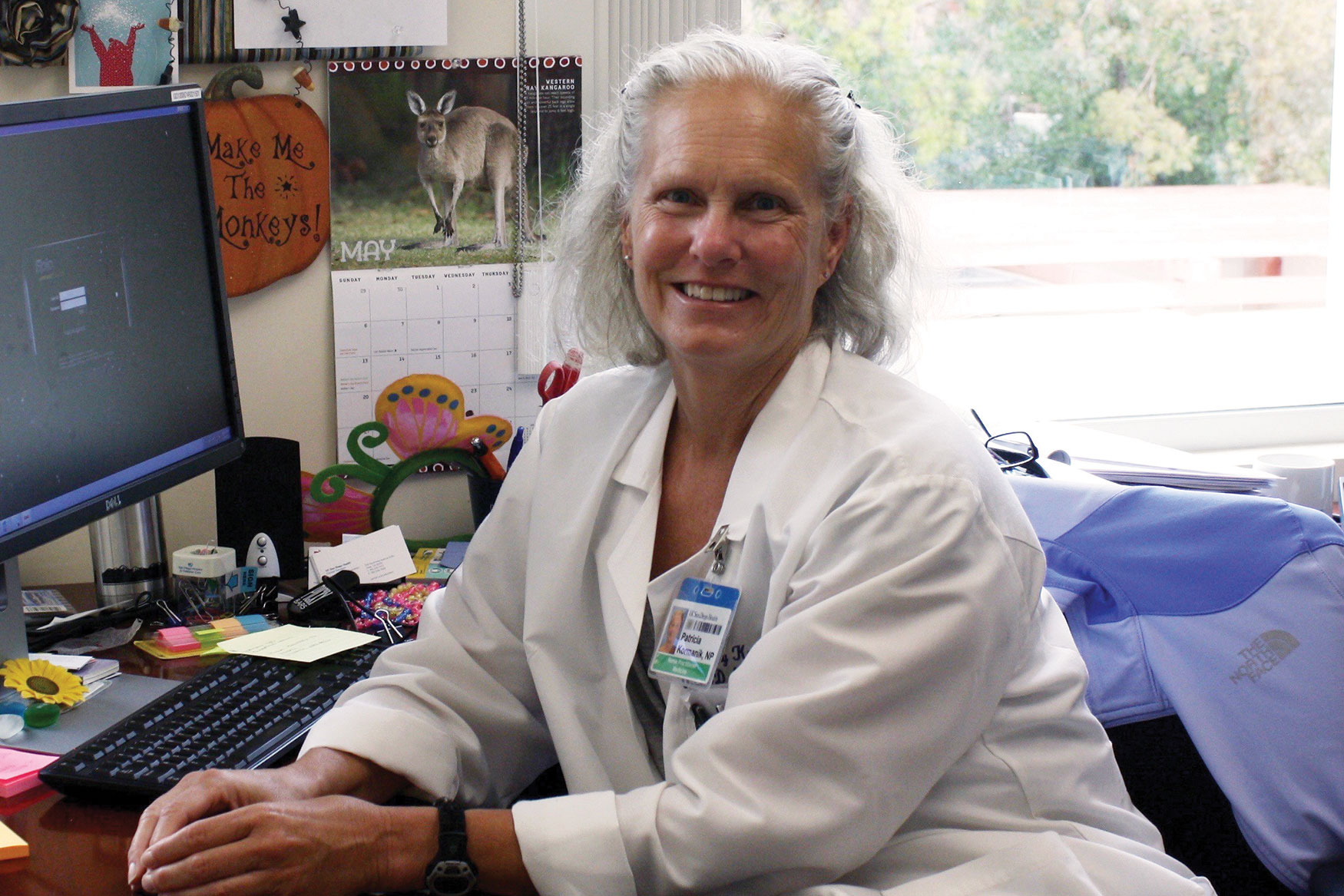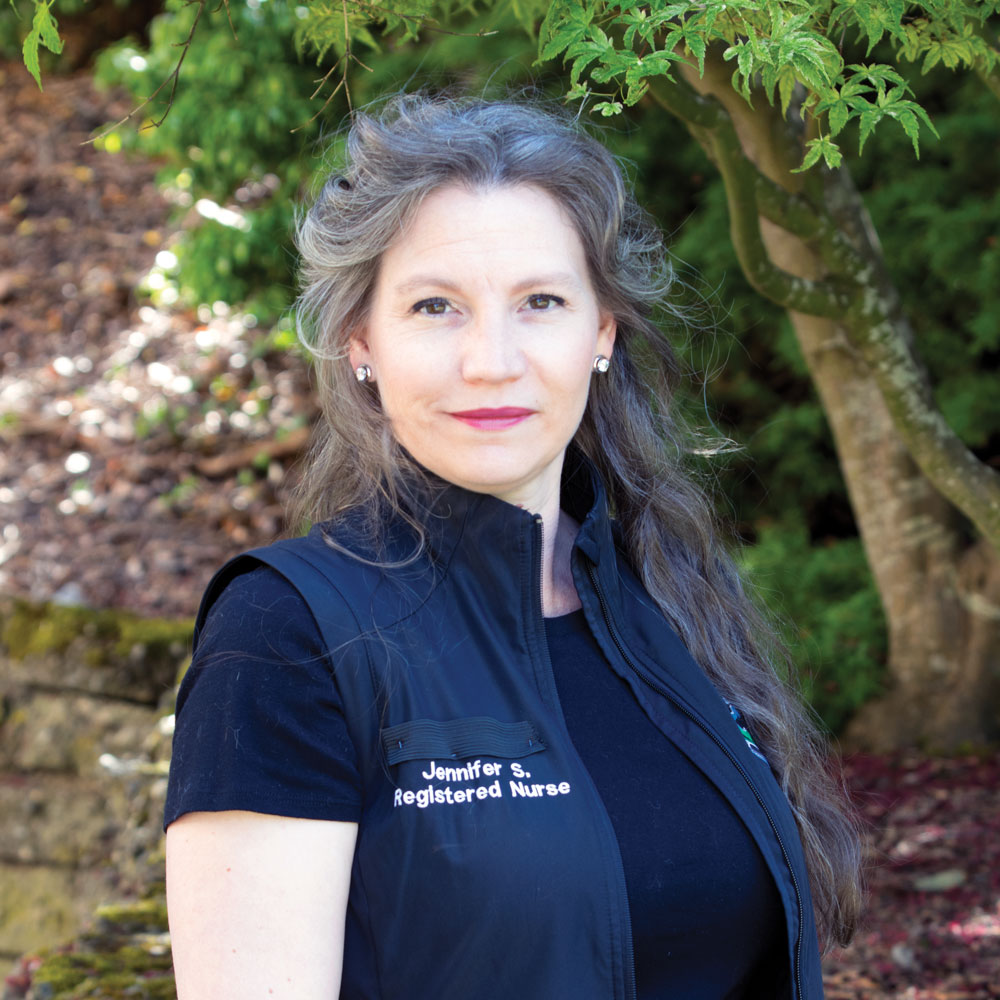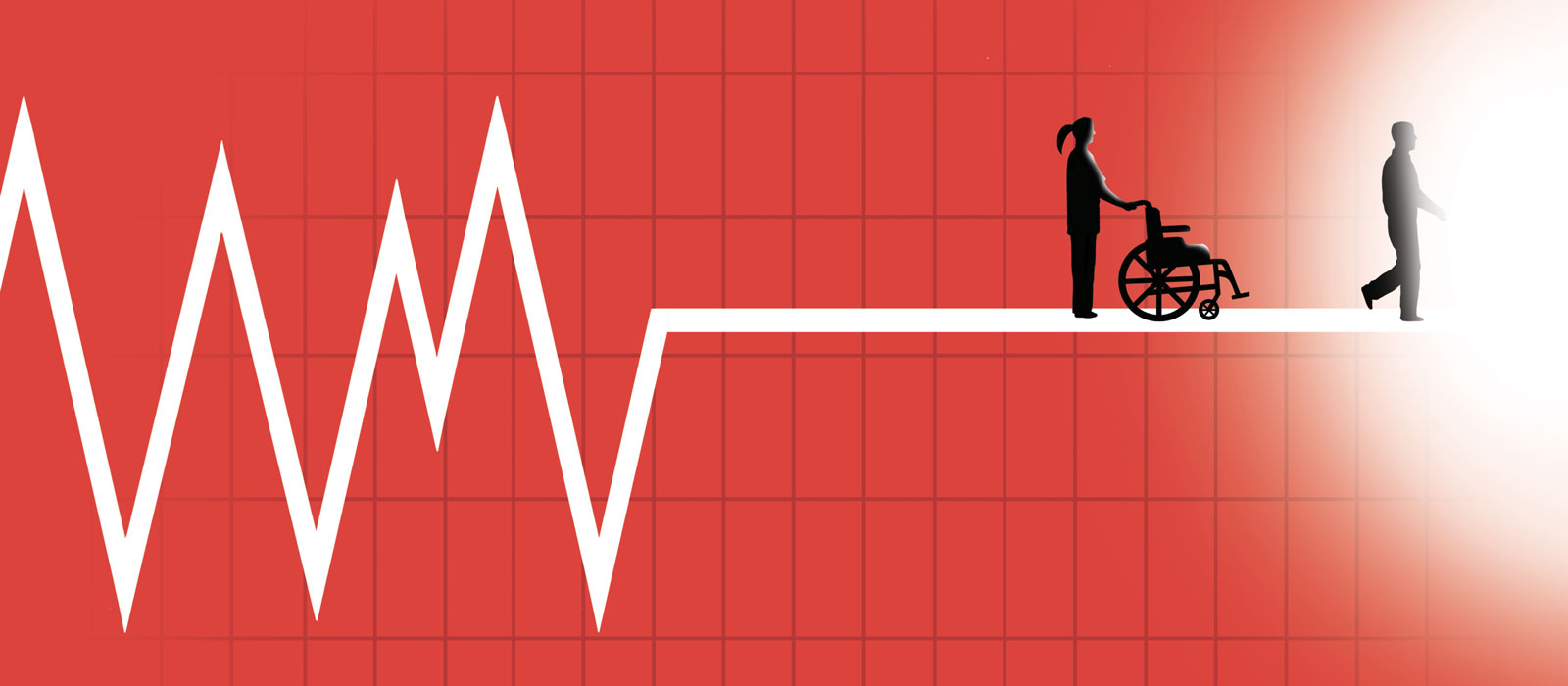Despite groundbreaking treatments, novel medications, fast-tracked drug approvals, and cutting-edge science, a terminal diagnosis is still a reality for many patients with cancer.
Having end-of-life discussions with patients and their family members is a difficult part of oncology nursing, but it’s necessary to provide the highest quality of care and education possible. With more news reports emerging about states introducing—and passing—medical aid in dying legislation, oncology nurses will face questions about the process from patients and caregivers.
According reports from Washington and Oregon state health agencies, where medical aid in dying is legal, nearly 80% of all patients following through with the process were patients with cancer diagnoses. Currently, six states have Death With Dignity laws allowing physicians to prescribe life-ending medications for patients to voluntarily self-administer. Montana—the seventh state in which medical aid in dying is legal—had its process upheld by a U.S. Supreme Court decision.
With the rapid adoption of Death With Dignity laws in the United States, oncology nurses may face new questions, struggle with potential moral and ethical dilemmas, address patient and family concerns, and be called on to demystify the process of medical aid in dying.
The Process of Medical Aid in Dying
In states with legal medical aid in dying, nurses play a limited role in the process for their patients. Because of legal and regulatory rules, the documentation of medical aid in dying is handle by the physician team. In the United States, advanced practice RNs can’t provide the prescriptions, and nurses aren’t required to administer lethal medications. However, nurses will care for patients who consider the option, and they need to be prepared to address those conversations.
To qualify for medical aid in dying, patients must tick several regulatory boxes. Although laws differ from state to state, many share similar qualifying characteristics for terminally ill patients. According to ONS member Patricia Kormanik, RN, MSN, NP-C, AOCNP®, nurse practitioner at the University of California San Diego Health Systems, North County Cancer Services, in Encinitas, medical aid in dying is often only applicable to certain patients.

“In California, the law states that patients must have less than six months to live,” Kormanik says. “I’ve had patients ask for it early on, and we can talk about it and explore it, but unless the physician says patients have less than six months to live, they cannot receive that prescription. Patients must be aged 18 or older, have decision-making capacity, and be mentally competent, and the prognosis of six months or less must be confirmed by their physician as well as a second consulting physician.”
ONS member Jennifer Stephens, RN, MA, PhD, OCN®, has worked as an RN in the United States and Canada, and is currently employed in Vancouver, British Columbia. Her background has provided her with the experience of interacting with patients exploring medical aid in dying options in both Oregon and Canada.
“Nurses, and other practitioners, need to understand that there’s a spectrum of choices for patients who are seeking to end their life. In Oregon, the Death With Dignity Act of 1997 allows terminally ill Oregonians to perform voluntary self-administration of lethal medications,” Stephens says. “These medications are expressly prescribed by their physician for this purpose. There’s a long list of requirements to receive these medications, including the absence of a mental health condition and endorsement from a second physician. The process can take several weeks, and when the patient receives the medication, he or she determines the time, place, and company in which they will take the medication. In most cases, medical team members will not be present at death.”

However, Stephens also says that Canadian laws differ: physicians and—in some provinces—nurse practitioners can administer the drugs to patients, qualifying it as medical assistance in dying. It’s different from medical aid in dying because of the level of healthcare professional involvement.
Nurses facing difficult end-of-life questions about medical aid in dying should understand the legality of the state in which they practice. Directing patients to qualified information and opening lines of dialogue among the healthcare team can help nurses navigate their own roles and responsibilities for medical aid in dying.
Moral and Ethical Dilemmas
Understandably, ethical and moral dilemmas are not uncommon in practitioners treating patients interested in medical aid in dying. On one hand, healthcare professionals are operating under the commitment to do no harm. Yet, they also have a responsibility to involve patients in the decision-making process and provide them with the options available to them. It can be a fine line to walk for many, especially as personal, spiritual, religious, and ethical beliefs come into to play.
Kormanik says that at her institution, the process is entirely voluntary for members of the medical team and all are permitted to opt out. However, medical aid in dying still requires a team to assist in the paperwork and education involved.
“The process is physician driven. Nurses can explore it with patients, but we’re not involved in any of the documentation,” Kormanik says. “It’s a voluntary team, and, in fact, our physicians can opt out also. As an institution, we support it, but individual physicians opt in or out. We also have two social workers who can assist with the process and paperwork to help guide patients. We’ve created a list of physicians who participate and offer the necessary second opinions. Ultimately, when a patient comes in with this option available, we inform the staff and give them the option to remove themselves from the process.”
Stephens adds that practice setting may impact the ethical and moral issues nurses experience with medical aid in dying. In states that allow the process, institutions should have clear guidelines for practitioners.
“Working on an acute care unit will result in issues that are radically different from working in community care or clinics. It’s important that each practitioner understands his or her role in the practice setting,” Stephens says. “In Oregon, I worked at a private hospice facility that had a patient discharge home to perform their death. In two cases a private facility allowed the patient to self-administer life-ending medications on site. It was clear that staff was to leave the patient and family alone and not be present in the room. However, we could provide care items like blankets, tissues, or whatever the guests or patients requested.”
Kormanik says that the issue is a complex one. In her experience, many friends, family members, and colleagues have both been for and against the medical aid in dying laws.
“The healthcare professional in me says, ‘we do no harm,’ so we support and we take care of symptoms. Medical aid in dying falls outside of what medicine has traditionally been known for,” Kormanik says. “I think there are many potential pitfalls too. Patients are not required to be screened for depression, so where are they making their decision from? They don’t need to notify their families, although we strongly encourage it. Consider patients like those with amyotrophic lateral sclerosis (ALS) or head and neck cancers with venting G-tubes: they don’t have this option, because they can’t self-administer. For patients with ALS, when they still have use of their limbs and swallowing capabilities, they’re still more than six months from death. For those patients with head and neck cancers and venting G-tubes, they can’t take the medicine themselves. There’s nothing straightforward about this—it’s a highly charged issue.”
Patient Questions About Medical Aid in Dying
“In both Oregon and Canada, I have been approached by patients, family members, and friends about medical aid in dying. With patients with cancer, particularly with those who are critically ill with little hope for remission, the topic seems important at certain stages of their journey and during periods of intense self-reflection,” Stephens says. “In practice, I’m very careful about making statements for or against medical aid in dying. Nurses have deeply complex professional responsibilities, and I don’t want my own feelings on the topic to influence someone making such a consequential decision. If patients bring the topic up, I will ask if I can let their physician know about their inquiry. And many times, if the occasion seems appropriate, I will offer the information brochure our facility has on medical aid in dying. This can guide them in further discussions with the healthcare team.”
Kormanik, along with the help of one of her colleagues, developed a card for their nurses to use to address patient questions.
“It’s sort of a script for nurses to work from,” Kormanik says. “We encourage the conversation and ask patients if they’ve addressed the question to their oncologist. We also want to ask why the patients are bringing it up. We want to know if there’s anything bothering them right now that we can help them work through. We want to know what’s worrying them currently. In many of the conversations I’ve had, it’s about fear, rightfully so, and it’s about control.”
The Future of Medical Aid in Dying
Most recently, Hawaii ratified its own Death With Dignity legislation, which goes into effect January 1, 2019. Nearly 25 other states have introduced legislation that would legalize medical aid in dying as well. Canada, where medical aid in dying is legal, is beginning to include nurse practitioners in provinces where their scope of practice allows them to prescribe life-ending medications. New options are becoming more available for patients, and it’s a conversation that nurses will face in the future.
“It’s important that nurses talk about medical aid in dying,” Kormanik says. “Talk about it with social work staff, with chaplaincy, with colleagues. We all walk into this topic with our biases, and it’s a hot-button issue. But I feel, as healthcare professionals, we need to be able to step back from what is personal to us and support our patients. We need to meet them where they are, not where we want them to be.”






